BoC is widely expected to deliver another rate hike today. The markets seem to have now reached a consensus expectation of a 75bps increase in overnight rate to 4.00%. That would be the highest level since 2008. The tightening cycle shouldn’t stop there, but BoC may indicate that the pace would slow ahead. Some analysts are expecting another 50bps hike in December, followed by a 25bps hike early next year. But the decisions beyond together will very depend on upcoming economic data.
Here are some previews on BoC:
- BOC, BOJ Rate Decisions This Week
- Bank of Canada Preview: Will the BOC Hike Rates by 75bps?
- Bank of Canada to Hike Rates Again Amid Inflation Fight
- Will the BoC Satisfy Expectations of Another Triple Hike?
USD/CAD’s up trend was capped at 1.3976 earlier this month, on overbought condition. For now, further rise is expected as long as 1.3501 support holds. Up trend from 1.2005 would target 200% projection of 1.2005 to 1.2947 from 1.2401 at 1.4285 on break of 1.3976. Nevertheless, break of 1.3501 support will bring deeper fall to 55 day EMA (now at 1.3430) and below.




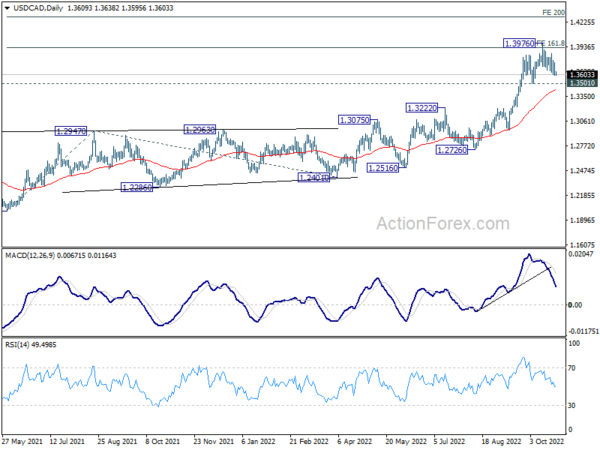
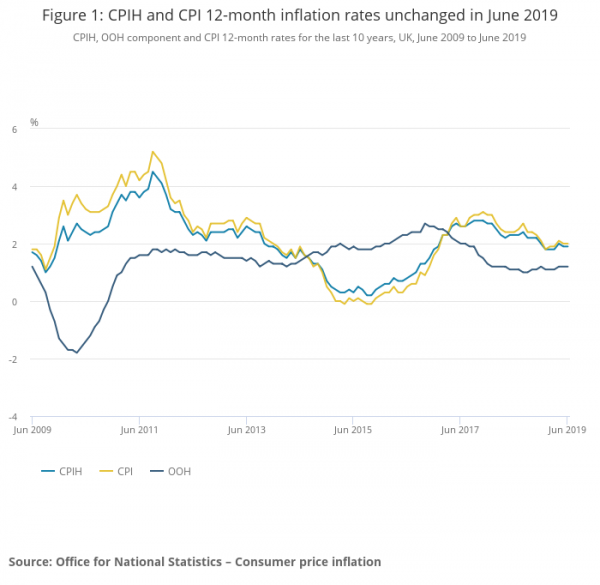
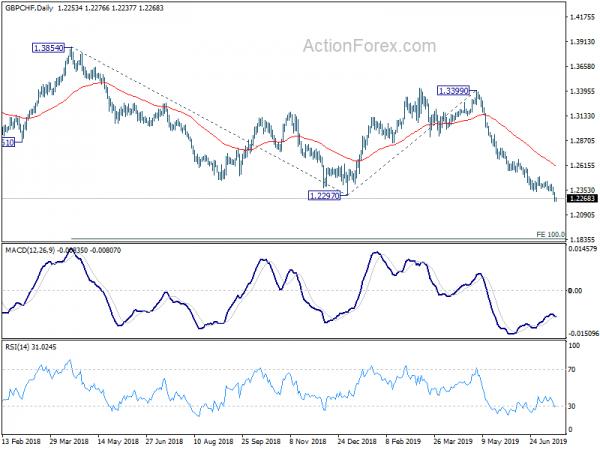
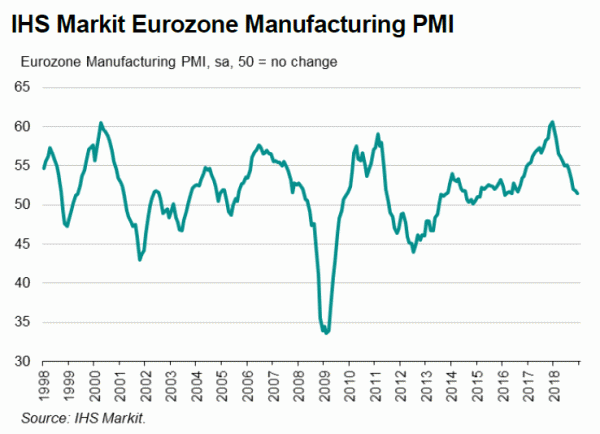
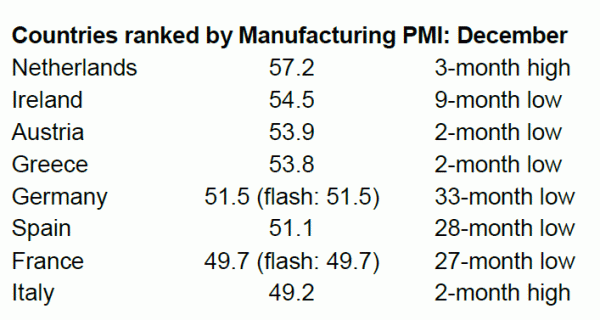
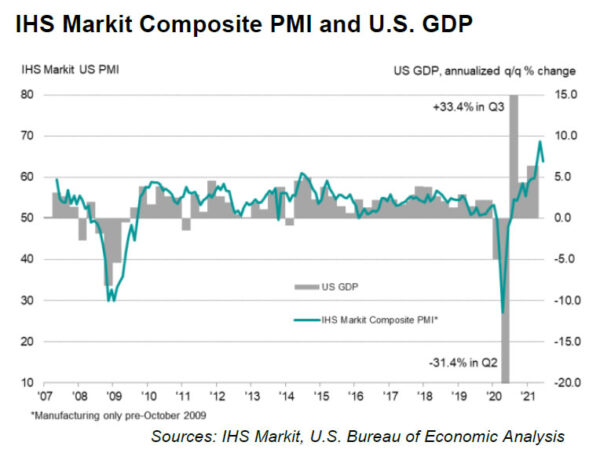
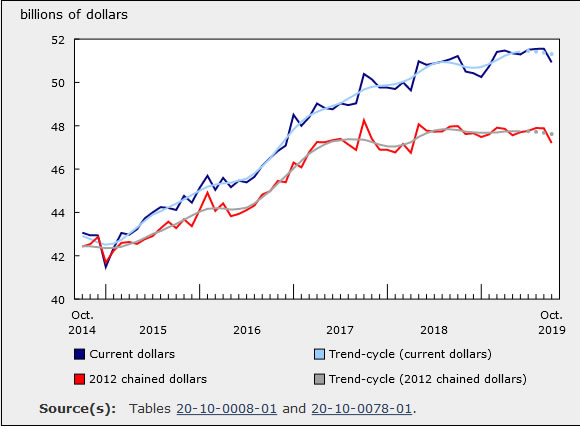
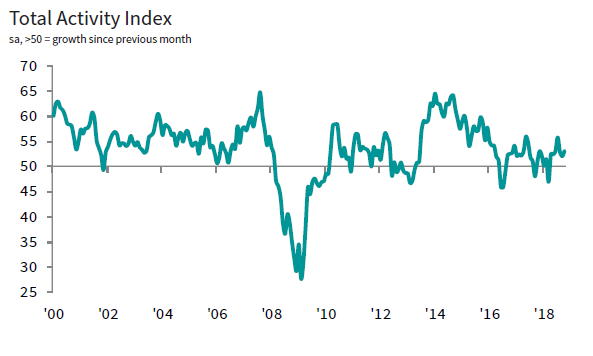
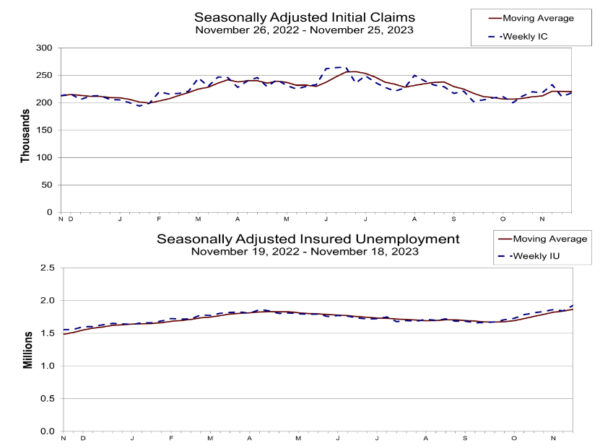
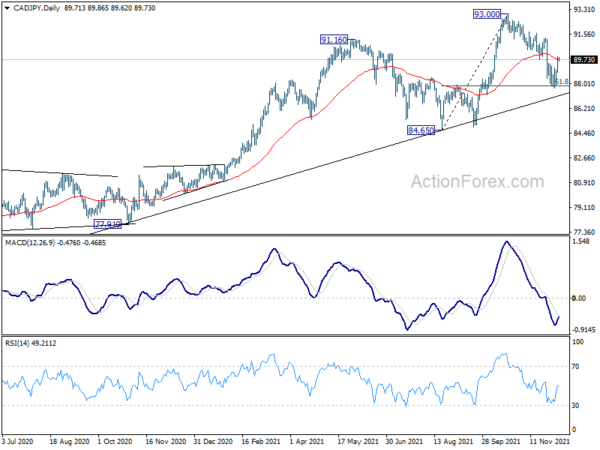
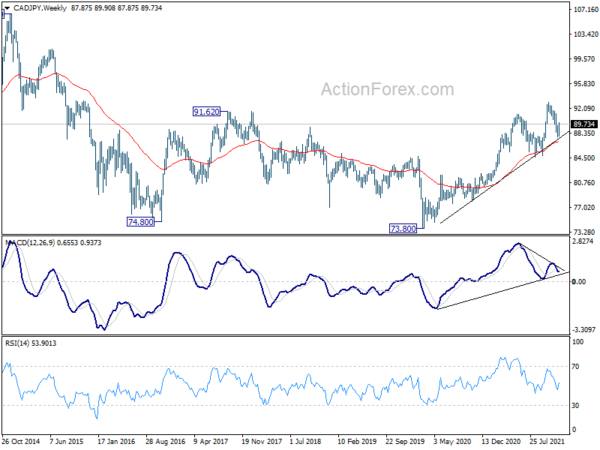

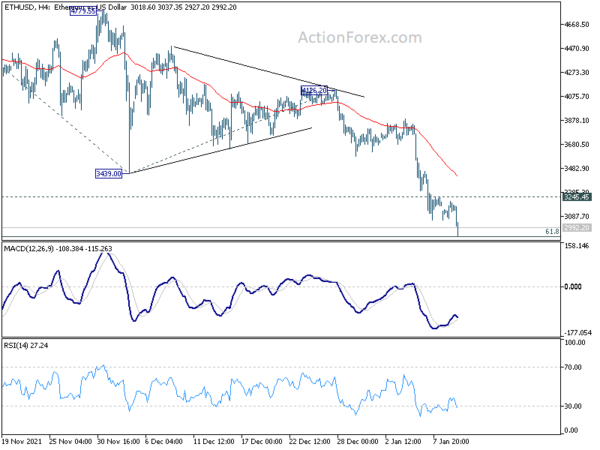
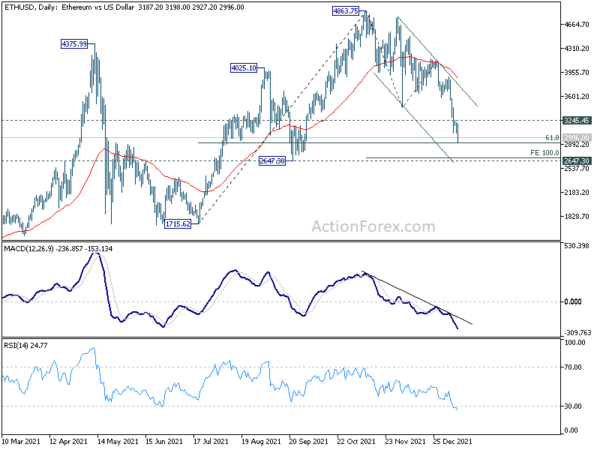
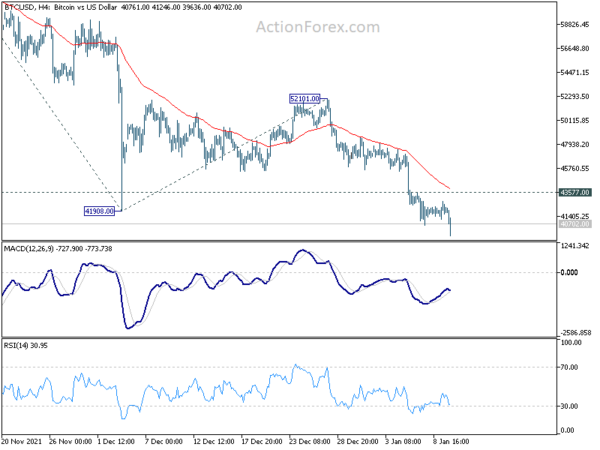
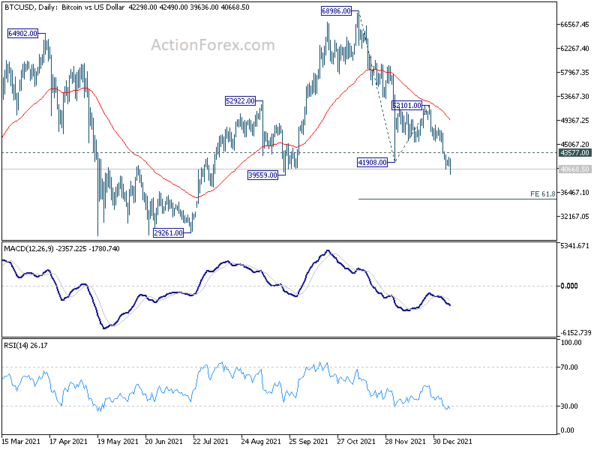
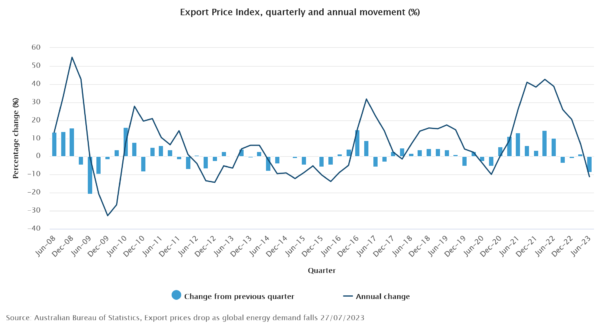
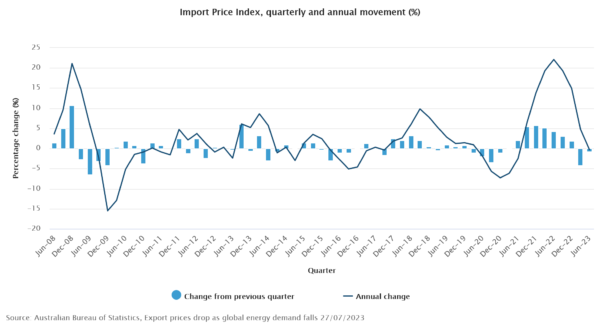

US oil inventories dropped -1.0m barrels, WTI rejected by 90
US commercial crude oil inventories dropped -1.0m barrels in the week ending January 28, versus expectation of 1.8m rise. At 415.1m barrels, oil inventories are about -9% below the five year average for this time of year.
Gasoline inventories rose 2.1m barrels. Distillate dropped -2.4m barrels. Propane/propylene dropped -4.3m barrels. Total commercial petroleum inventories dropped -5.8m barrels.
Earlier today, OPEC+ decided to raise production by another 400k barrels a day in March, continuing with the monthly plan agreed back in last July.
WTI crude oil hit 90.10 earlier today but failed to sustain above 90 handle and retreated. For now, further rise will remain in favor as long as 86.75 support holds, which is close to 4 hour 55 EMA. Current rally could still target 61.8% projection of 66.46 to 87.70 from 62.42 at 95.54 before topping.
However, considering bearish divergence condition in 4 hour MACD, break of 86.75 support will confirm short term topping and bring deeper pull back to 82.42 support, and possibly below.